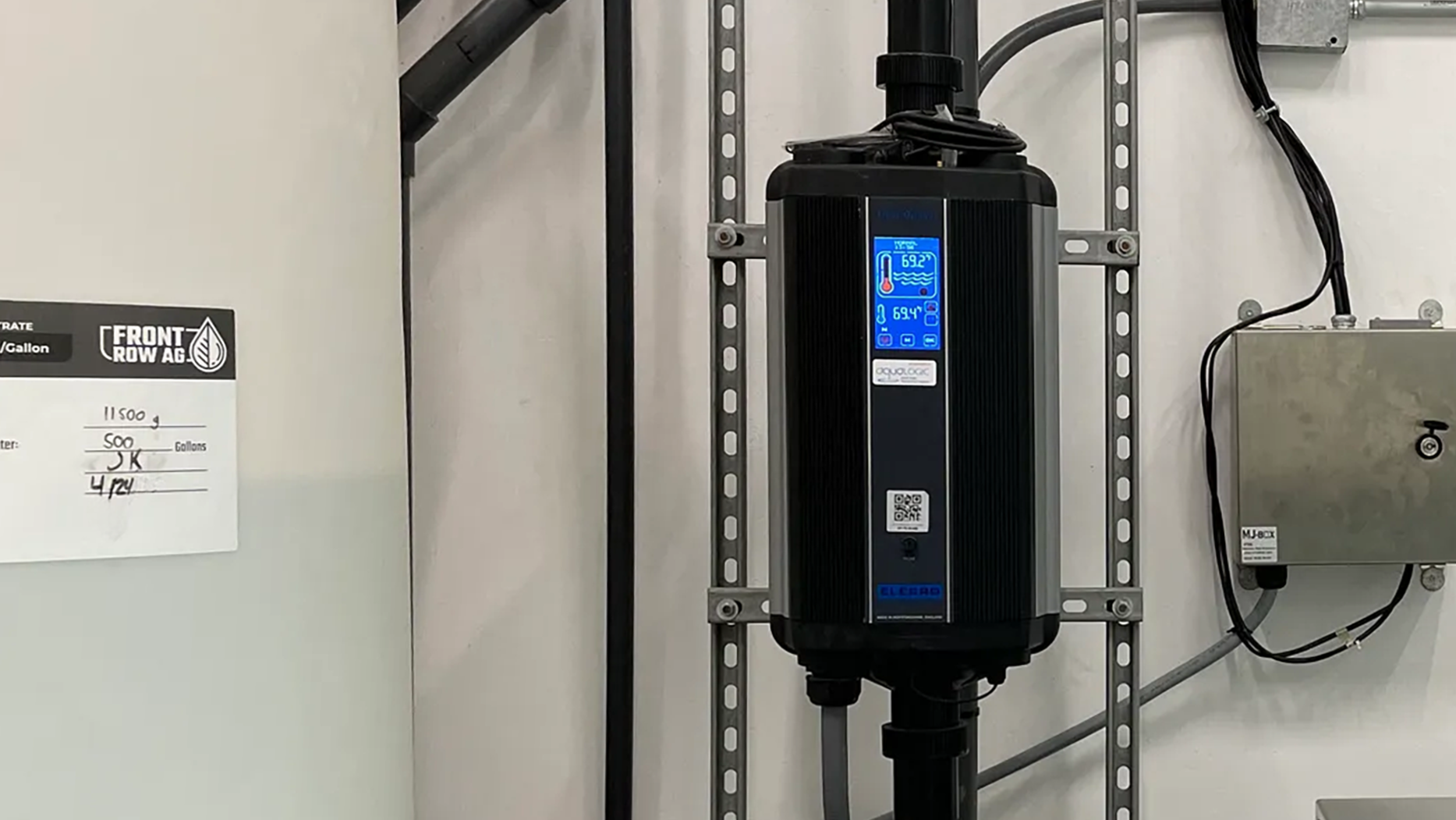Flower Site Density: The Secret to High Yields
Most cultivators know that efficient cultivation requires maximizing the square footage of canopy area within the grow room. Techniques such as using rolling benches to minimize aisle space and high-bay overlapping light plans to create a uniform canopy PPFD have improved yield and quality by increasing the efficiency of space utilization and light interception.
The next step in maximizing yield is optimizing the total cubic footage of the canopy, which takes canopy depth into account. With the right light intensity, a 1000 ft² canopy with 3 feet of depth can yield up to 50% more than the same 1000 ft² canopy with only 2 feet of depth.
The real key here is to maximize the number of flower sites within your target PPFD range in your available cubic footage. This metric, "flower sites/cubic ft at X PPFD," is crucial for achieving the best possible yield for a given strain and facility.
Step 1: Matching Plant Size with Space per Plant
There isn't a single "best" way to manage plant size and spacing, but there are several wrong ways to do it. Here are two non-optimal scenarios that exist on opposite ends of the canopy density spectrum:
Empty Canopy Volume
When plants are too small relative to their spacing (due to short veg time, wide spacing, or both), much of the light ends up hitting the tables or floor rather than being intercepted by the plants. This results in wasted photons that could otherwise contribute to yield and potency.
Such plants tend to have a compact structure with minimal stretch and close node spacing. While quality is generally high, yield is relatively low due to the empty volume within the lit room.
Plant Overcrowding
Overcrowding occurs when plants are too large relative to their spacing. Although all the light is intercepted, the plants grow into each other, causing lower branches to be completely shaded.
The high ratio of far-red to red wavelengths that reach the lower canopy triggers the "Shade Avoidance Response" (SAR), leading to energy being diverted into stem growth rather than flower/generative development. This excessive inter-plant competition for resources results in poor plant structure, increased susceptibility to disease, and greatly reduced flower quality, structure, color, and potency.
Additionally, overcrowded plants require more pruning and labor to manage the canopies, greatly increasing production costs.
The Right Way
Cultivators can achieve optimal flower site density with various plant spacing and veg durations, as long as the two factors are well-matched. Here are two effective examples on opposite ends of the plant density spectrum:
High Density, Short Veg Duration
An example of this approach is 1 ft² per plant with a 7-day veg time. This is more suitable for a compact, multi-tier flower room with height limitations. Cloning quantities and plant count will be much higher, but plants will spend less time in the veg room.
Low Density, Long Veg Duration
An example of this approach is 4 ft² per plant with up to a 28-day veg time. This scenario creates greater canopy depth and is better suited for a single-tier flower room with high PPFD. Plant quantities will be much lower, but veg durations will be longer.
Ultimately, the choice between high-density/short-veg or low-density/long-veg will depend on factors like facility logistics, labor, space, strains, and methodological preferences. Regardless of the chosen option, the key concept is:
The crop should be flipped into flower about 21-28 days before the canopy reaches the desired density.
If timed correctly, the plants will fill out the canopy during the stretch phase, so that by the time it has ended, the cubic volume is full but not overcrowded.
Based on data collected from my facilities, I have developed a general rule of thumb:
5-7 days veg time for each ft² of canopy space per plant
For example, in a room where each plant has 2 ft² of canopy area, the ideal veg time will usually be 10-14 days. Note that this rule of thumb only works under specific conditions:
- Clones are healthy, fully rooted, and come from healthy mother plants.
- Light intensity is adequate and matched with plant needs.
- Climate conditions are in balance.
- Root zone conditions and irrigation are in balance.
- Veg substrate is charged at an appropriately high EC for vigorous growth.
- Veg feed EC is matched with plant demands, climate, and light intensity.
- Selected strains are not exceptionally slow or fast in veg (e.g., MAC or GMO).
By following these recommendations, growers can optimize plant growth and yield while minimizing the need for extra pruning or wasted veg time, ultimately leading to a more profitable operation.




